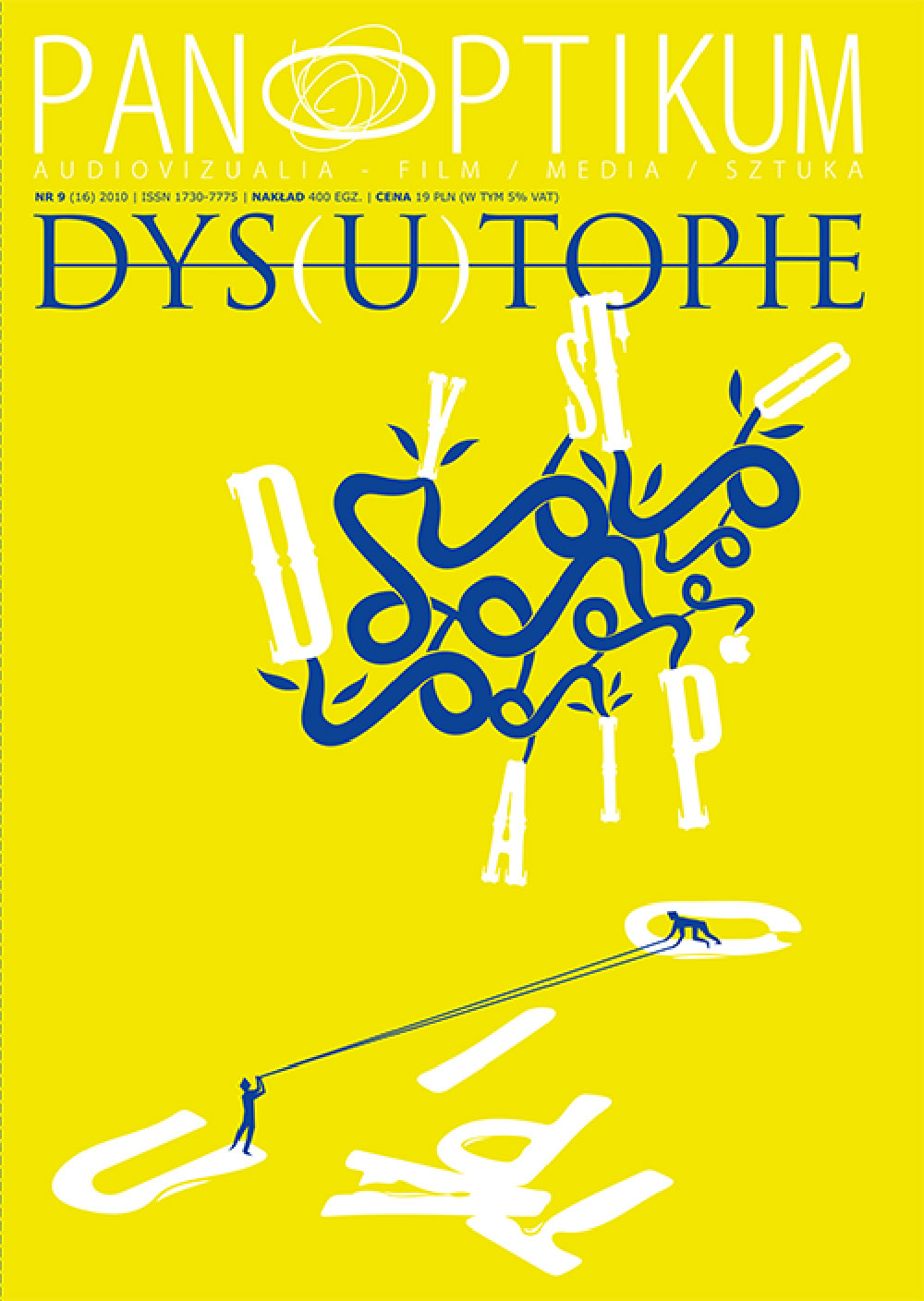Uwięzieni w środku Europy – dystopijne kino Béli Tarra
Abstrakt
The article explores the theme of dystopia in the cinema of Béla Tarr. The interpretations offered here focus on his three works: Damnation (1989), Sátántangó (1994) and Werckmeister Harmonies (2000). The Hungarian director is a neomodernist, who refers to the style of Andriej Tarkowski, but makes cinema subversive towards tradition of transcendental style. Tarr degrades religious symbols to the rank of elements of the ordinary, material reality, which is slowly falling apart. Dystopian character of his movies is strongly connected with the style of this cinema, which is based on minimalism, slowness and contemplation. Dystopian vision of the world in Tarr’s cinema has three fundamental dimensions and the following parts of this essay consists on these three principal contexts in which the topic of dystopia can be analyzed. All of them rely on the concept of dystopia connected with the melancholy defined as a lack and experience of longing for something or someone that has been lost. The first context of dystopian motif relates to the question of Central-European space, which is marked by historical trauma of communism and suspended between the Eastern and the Western Europe. The second important context is the question of unique construction of the cinematic time, which is cyclical and which captures heroes in the impassable present. The third dimension of dystopia is connected with apocalypse, which is not spectacular or sudden. Just the opposite – it is deprived of any metaphysical meaning and it doesn’t have any final or straight point. It brings just a slow and silent disintegration of reality and a gradual moral decline of the main characters.

 Uniwersyteckie Czasopisma Naukowe
Uniwersyteckie Czasopisma Naukowe





